Pregnancy and Birth
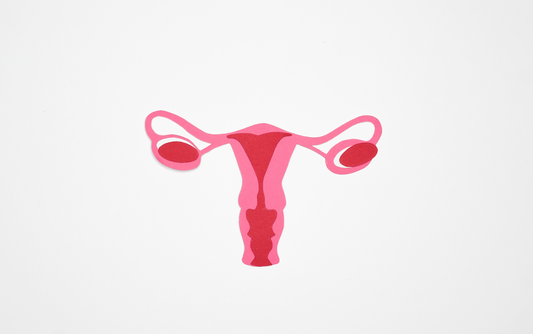
Empowered Birth: the miracle that is the uterus
The topic of the uterus is massive, and having recently read Dynamic Positions in Birth by Margaret Jowett, it seems to me to be at the core of what we are working with as midwives with women during pregnancy and birth. I will continue discussing the uterus in the next issue as well because it is such an important organ that one column cannot do it justice. The uterus is the most amazing and underestimated part of the human body. It has evolved to have two functions: firstly, to be a safe haven, a lifeline and an incubator for the foetus during the nine months of pregnancy; and secondly, to propel the baby to the outside world. During labour, its job is to combine both simultaneously. It can repeat this process many times in a woman’s lifetime. In Jennifer Worth’s book Call the Midwife, she describes a mother with 22...
Empowered Birth: the miracle that is the uterus
The topic of the uterus is massive, and having recently read Dynamic Positions in Birth by Margaret Jowett, it seems to me to be at the core of what we...
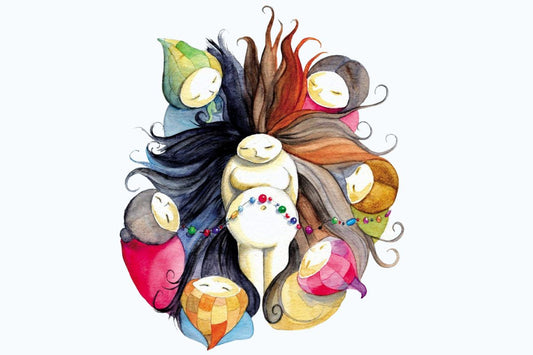
How to celebrate the rite of passage into mothe...
Pregnancy and birth are such enormous milestones in any woman’s life, but as a culture we barely acknowledge them. Many other cultures have marked these important rites of passage with customs and rituals, finding ways of celebrating impending motherhood and birth. Our usual markers are medical: the pregnancy test, the dating scan, cutting the cord, the first injections; or commercial, in the form of the American baby shower. Even traditional religious rites such as christenings are falling by the wayside. For weddings we have engagement parties, hens and stags, wedding breakfasts and honeymoons; we have the giving and receiving of rings, and speeches. For birth, a far more lifechanging event, we have very little. In many traditional cultures, whilst young men would receive harsh initiations into manhood, women had none as it was acknowledged what a vast initiation childbearing was, both physically and spiritually. The mother-to-be would be guided by...
How to celebrate the rite of passage into motherhood
Pregnancy and birth are such enormous milestones in any woman’s life, but as a culture we barely acknowledge them. Many other cultures have marked these important rites of passage with...
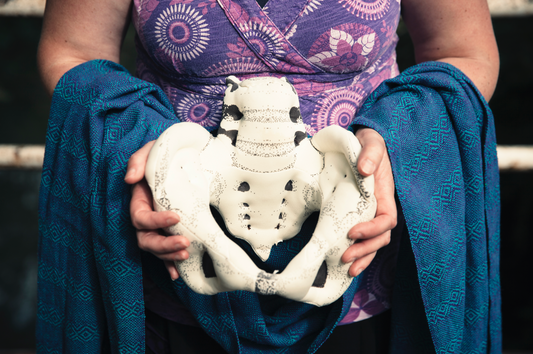
Empowered Birth: rebozo after birth
Over the past couple of years, I have been attending training courses to learn about the shawl called a rebozo – a woven piece of fabric with beautiful tassels, bright colours and patterns. Due to the demand from people who would like to own their own rebozo, they are shipped from overseas by birth workers who have a relationship with the weaving families, and our knowledge of their usage in traditional midwifery in Mexico, Ecuador and Brazil is thanks in part to Naoli Vinaver – a midwife herself – who shares her culture. Rebozo ‘manteada’ is the technique used (also known as ‘sifting’) which moves a mother from her sympathetic or stressed state to her parasympathetic or calm state, so that she can relax, rest, and feel in control, able and intuitive in pregnancy and in labour. Having learnt the techniques in training, I then had to become confident and...
Empowered Birth: rebozo after birth
Over the past couple of years, I have been attending training courses to learn about the shawl called a rebozo – a woven piece of fabric with beautiful tassels, bright...
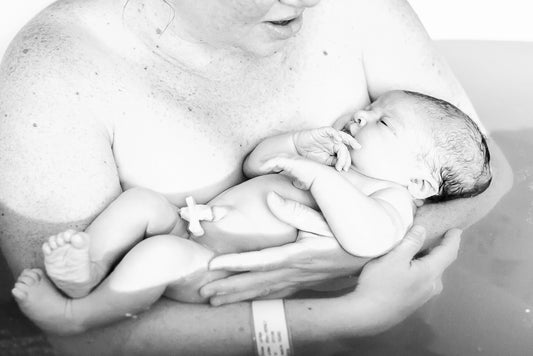
How water can help during pregnancy, labour and...
“Are you having a water birth?” “I’d like one, but I’m not sure if I’m allowed. My baby is measuring too big… Too small… I have strep B… I had a c-section last time… My blood pressure’s high… I’m overdue… There’s only one pool in hospital… I’ve got gestational diabetes… My partner’s aquaphobic!…” Being an Aqua Yoga teacher, I’m privileged to have been privy to the light-hearted birth chats between many pregnant women over the years. Many have clearly gained a great deal from the qualities of water week after week, and have groaned with dread at the thought of getting out of the swimming pool at the end of each class. Yet what still amazes me is the prevalent fear and doubt around birth choices – about what is allowed, including water birth. If you have immersed yourself in water while heavily pregnant, you’ll understand how wonderful it...
How water can help during pregnancy, labour and birth
“Are you having a water birth?” “I’d like one, but I’m not sure if I’m allowed. My baby is measuring too big… Too small… I have strep B… I...

Empowered Birth: sterile water injections
I have recently been asked to research (and potentially implement) a technique in which the midwife injects four small quantities of sterile water into the lower back of the labouring mother. This is something I was unfamiliar with and I was set on a path of discovery. I have learned that the practice is known and offered to women in labour by midwives all over the globe. Units from Australia, New Zealand, California, Scandinavia, as well as some from the UK, have responded to my query to say that this is part of their practice. Sterile water injections (SWI), administered by midwives, are a simple and well-established method of managing labour pain. This intervention was first used to alleviate pain associated with kidney stones and was introduced to obstetrics in the 1970s. Using a syringe, small amounts of sterile water are deposited intradermally near the sacral area. The sterile water...
Empowered Birth: sterile water injections
I have recently been asked to research (and potentially implement) a technique in which the midwife injects four small quantities of sterile water into the lower back of the labouring...
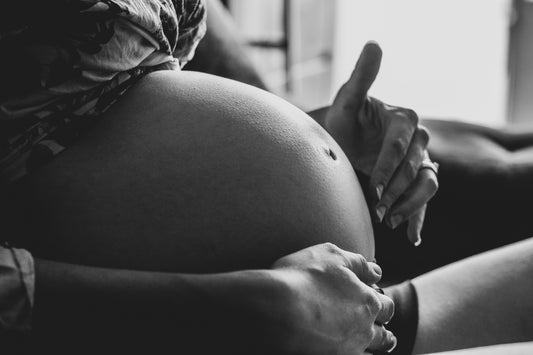
A doula reflects on the primal experience of birth
Farts were always funny in my household. Much to my mother’s irritation, my dad, my brother and I took great delight in all toilet-based humour. This dubious tradition has carried on into my own home, with my husband and our two sons under five all enjoying anything rude. Fortunately this has stood me in good stead in my role as a birth doula! Birth is not glamorous. Birth is messy, primal, animalistic and very ‘real’. For me, this is part of the reason why I love being a doula. I am not involved in crunching numbers or marketing strategies. I do not spend days in a tidy office worrying about ‘blue sky thinking’ and sales figures. I am instead frequently vomited on, have my shoes covered in a sudden gush of amniotic fluid, am blood spattered, or am covered in tar-like baby poo. I am clung to by sweaty, heavily...
A doula reflects on the primal experience of birth
Farts were always funny in my household. Much to my mother’s irritation, my dad, my brother and I took great delight in all toilet-based humour. This dubious tradition has carried...

Empowered Birth: reflections on the history of ...
I have recently read the book Midwifery from Tudors to the 21st Century: History, Politics and Safe Practice in England. The author is a retired midwife teacher, Dr Julia Allison, whose research influenced government policy through the publication the Changing Childbirth report in 1993.1 Its goal then was to review policy of NHS maternity care and childbirth, and to make recommendations. In previous decades, midwives had all but lost their roles and had become obstetric nurses. Parts of the report are as relevant today as they were then: Care is provided “with the pregnant woman at its centre.” She can make choices “after hearing all of the available options and having procedures and interventions carefully discussed and explained… Gone, or going, are the days of doctors’ paternalism (or maternalism, for that matter). As professionals we owe it to our patients to develop our skills in providing them with information clearly...
Empowered Birth: reflections on the history of midwifery
I have recently read the book Midwifery from Tudors to the 21st Century: History, Politics and Safe Practice in England. The author is a retired midwife teacher, Dr Julia Allison,...

Empowered Birth: water birth
Last month, my colleague Sarah and I delivered a presentation on water birth as part of the mandatory update training that all midwives undertake annually. We felt unhappy that in previous years training around water births had focused on risks and potential problems. We observed a bias being taught that created anxiety, raised doubts and diminished our colleagues’ confidence. There was no balance, and certainly no attention given to physiology or what a smooth birth might look like where mum and baby are healthy and well. We proposed a session on updating water birth skills as we had witnessed some apprehension and lack of intention in facilitating births in water. In the birth centre, we find them magical, and we learn so much about the physiology of both mum and baby when they are immersed in warm water. Through the training, we wanted to reduce overcaution in promoting the use...
Empowered Birth: water birth
Last month, my colleague Sarah and I delivered a presentation on water birth as part of the mandatory update training that all midwives undertake annually. We felt unhappy that in...

A natural approach to improving and preserving ...
There has been much in the media about fertility. Television presenter Kirstie Allsopp warned women in their twenties of the heartache of dwindling fertility, encouraging them to have children early and save university for later. Facebook and Apple announced that to encourage longevity in their female employees’ careers and commitment, they would pay for egg freezing. Both are drastic options and would certainly not suit every woman. There is however another option: making the choice to take a natural approach to optimising and preserving fertility. In today’s ‘full on’ society it has never been more relevant than it is now to consider your fertility and do everything you can naturally to grow your family. It is widely believed that a woman is born with her full supply of eggs, millions of them, that these naturally decline and we lose many each month, and that, unlike men, who manufacture sperm on...
A natural approach to improving and preserving your fertility
There has been much in the media about fertility. Television presenter Kirstie Allsopp warned women in their twenties of the heartache of dwindling fertility, encouraging them to have children early...

Empowered Birth: the media and birth
Birth has been back in the media recently with several prominent headlines as the BBC promoted the dramatisation of Adam Kay’s autobiography This Is Going to Hurt. I have read many of the reactions from the public and from midwives and, as usual, opinion is divided. An episode of Panorama aired in February on the failings in some NHS trusts called ‘Maternity Scandal: Fighting for the Truth’. Following the programme, the BBC reported that the NHS in England is to drop the limit on caesarean births. The problems and catastrophes described in such portrayals of birth in the media mean that balance and context is absent and confidence in birth is lost. I am familiar with this fallout having worked in the birth sector for 29 years. I have no control over how women manage their pregnancies and what support they seek. If they find information from the valuable resources...
Empowered Birth: the media and birth
Birth has been back in the media recently with several prominent headlines as the BBC promoted the dramatisation of Adam Kay’s autobiography This Is Going to Hurt. I have read...

